Frog Belly Plant 101: Everything You Need to Know
If you’re searching for a perennial that will keep your garden looking vibrant and exciting throughout the year, look no further than the frog belly plant! With its attractive foliage, eye-catching flowers, and unique seed heads, this hardy plant is sure to become a star in your outdoor space.
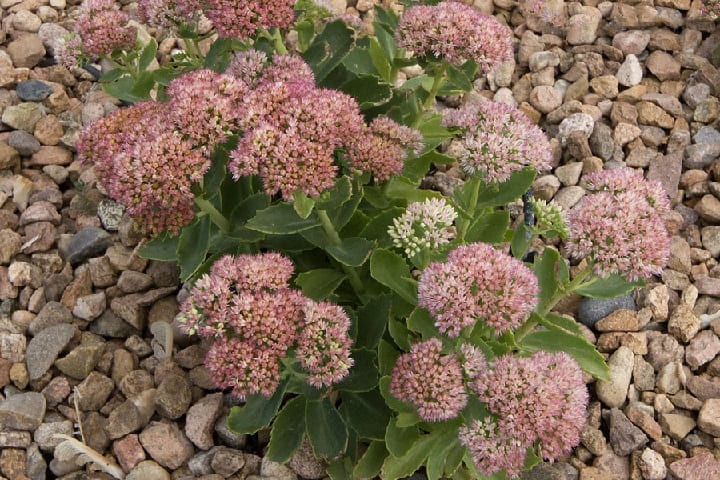
Contents
What is a Frog Belly Plant?
Originally found growing wild across Europe and Siberia, the frog belly plant (also known as Hylotelephium telephium or Frog’s Stomach) is a tough and versatile perennial that belongs to the Crassulaceae family, along with other succulent plants like stonecrops.
In the spring, frog belly plants send up sturdy stems covered in succulent, oval-shaped leaves that range from 1 to 4 inches long. The leaves often have a bluish-gray color, but some varieties feature purple hues thanks to cross-breeding with the Hylotelephium spectabile species.
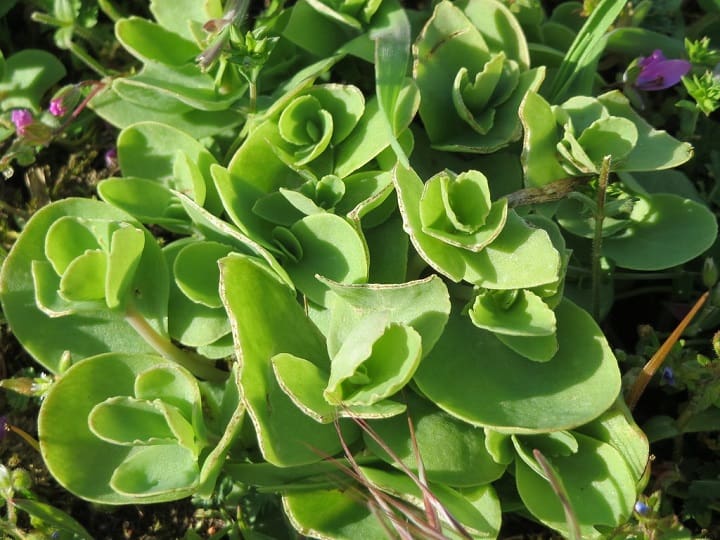
The Real Show Begins in Late Summer
While the foliage is attractive on its own, the frog belly plant truly shines when it bursts into bloom in late summer and early fall. From August to October, the plant produces umbrella-shaped clusters of flowers up to 4 inches wide in shades of pink, white, light red, or deep crimson. These vibrant blooms are a magnet for butterflies and other pollinators, adding even more life and movement to your garden.
After the flowers fade, the plant forms unique seed pods that provide interest well into the winter months. Even when coated in frost or snow, the dried seed heads create a charming display in the garden.
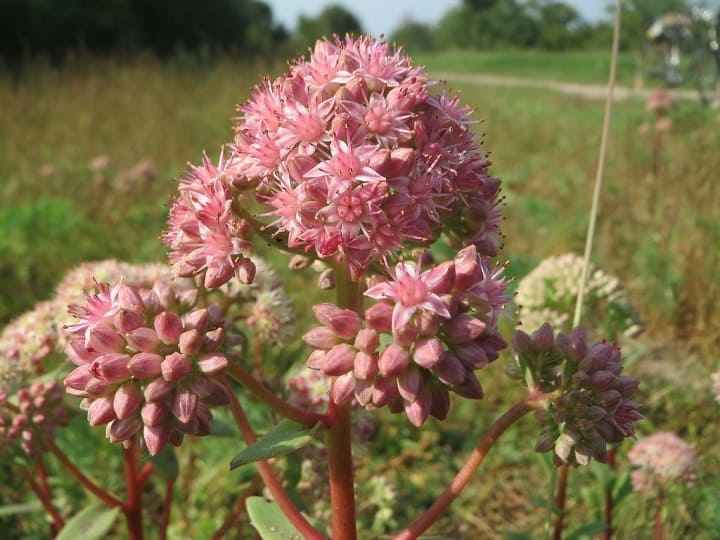
Easy to Grow and Low Maintenance
One of the best things about frog belly plants is how easy they are to care for. These perennials thrive in full sun or partial shade and prefer well-drained soil that stays on the drier side. Their succulent leaves allow them to tolerate periods of drought, making them an excellent choice for low-maintenance gardens.
To keep your frog belly plants looking their best, simply apply a layer of mulch (such as gravel or wood chips) around the base to retain moisture and suppress weeds. In the spring, cut back any remaining dead foliage from the previous year, and you’re all set for another season of beauty.
Versatile and Eye-Catching in Any Garden
With their compact size (typically 1 to 2 feet tall) and range of vibrant colors, frog belly plants are a versatile addition to any garden style. Plant them in groups for a bold statement, or use them as accents among ornamental grasses, coneflowers, asters, and other upright perennials.
Frog belly plants also make excellent container specimens for patios and decks, as long as you provide a well-draining potting mix and ensure proper drainage.
Don’t miss out on the opportunity to enjoy this low-maintenance, long-blooming perennial in your own outdoor space. With its year-round interest and ease of care, the frog belly plant is sure to become a fast favorite!
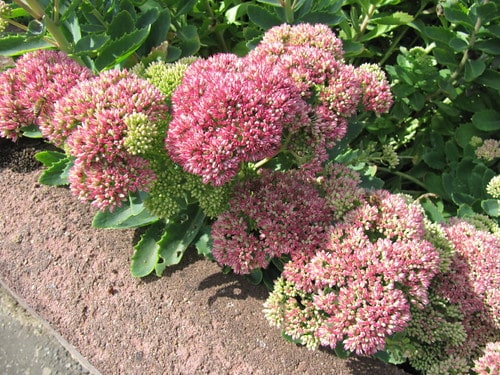
Popular Frog Belly Plant Varieties
While the species itself is lovely, many gardeners opt to grow the hybridized varieties of frog belly plants, which offer a wider range of colors, sizes, and traits. Here are some of the most prized varieties:
- ‘Herbstfreude’ (Autumn Joy) – This classic variety reaches up to 2 feet tall and produces large clusters of rosy-pink flowers aging to deep red. It’s one of the most robust and cold-hardy options.

- ‘Munstead Dark Red’ – A compact grower topping out around 18 inches, with maroon-red flower clusters and reddish-brown foliage.
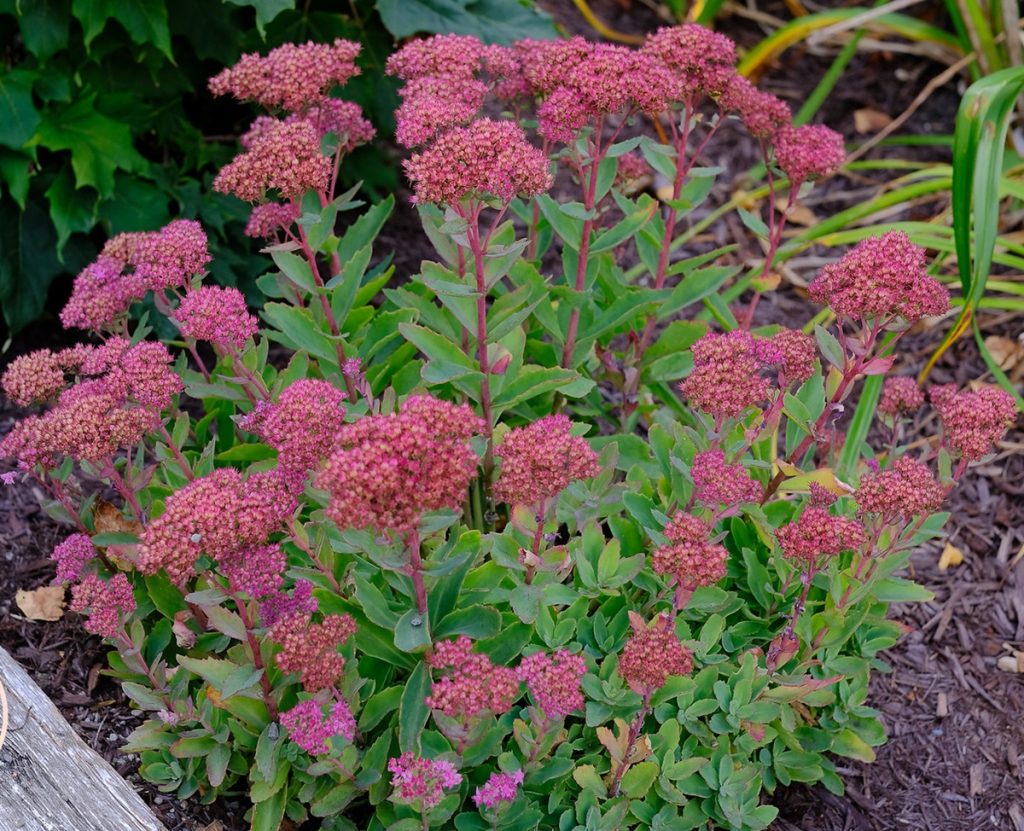
- ‘Matrona’ – A taller variety, growing 2-3 feet high, with pale pink flowers and gray-green leaves.
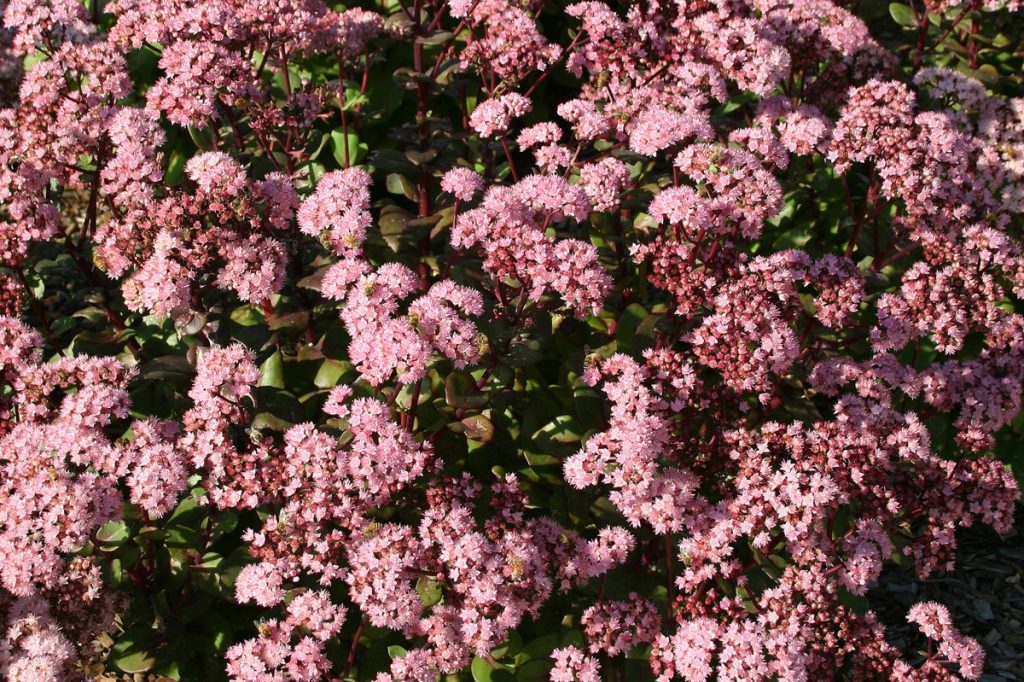
- ‘Purple Emperor’ – Part of the Atropurpureum group, featuring rich purple foliage and rosy-red flower heads. Grows 18-24 inches high.
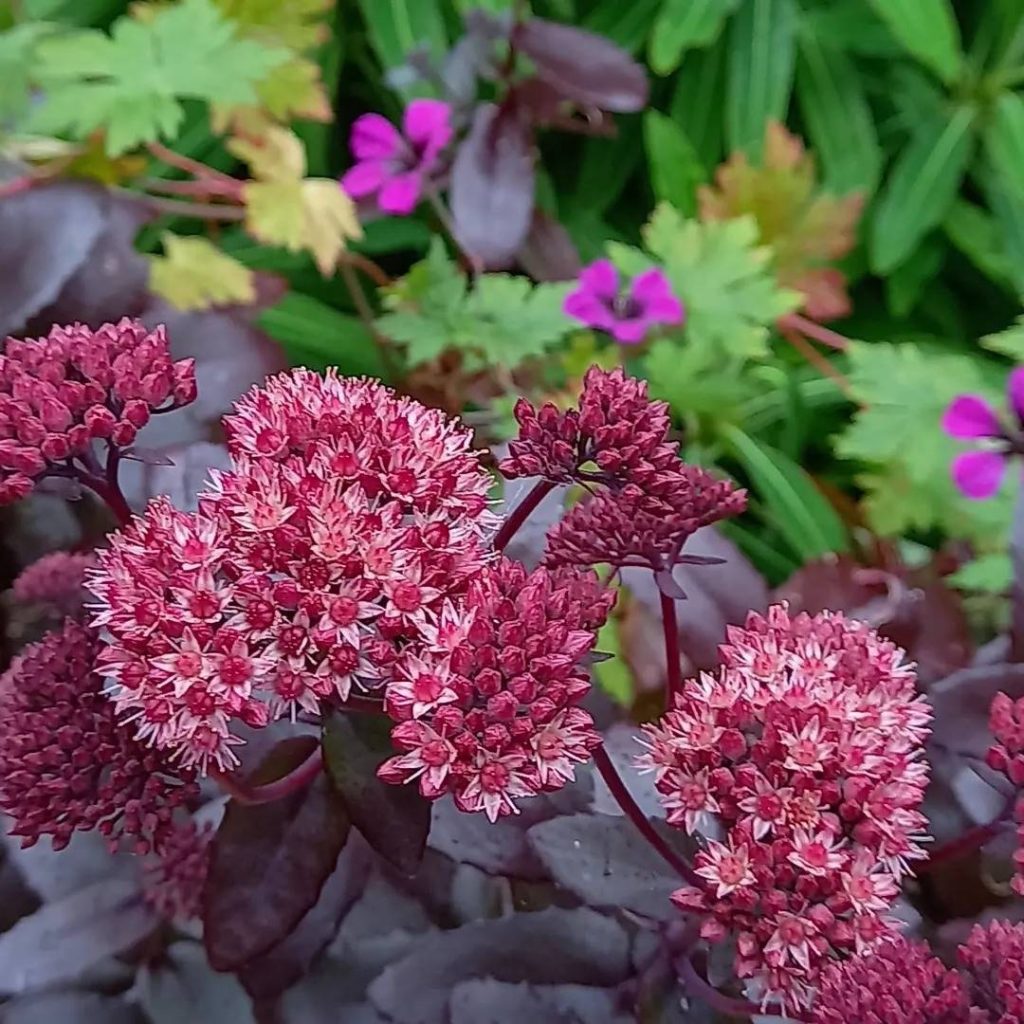
With their range of colors, heights, and bloom times, there’s a frog belly plant variety to complement any garden design. The hybrid cultivars often have increased vigor and bloom performance compared to the species plant.
